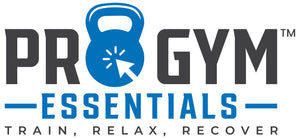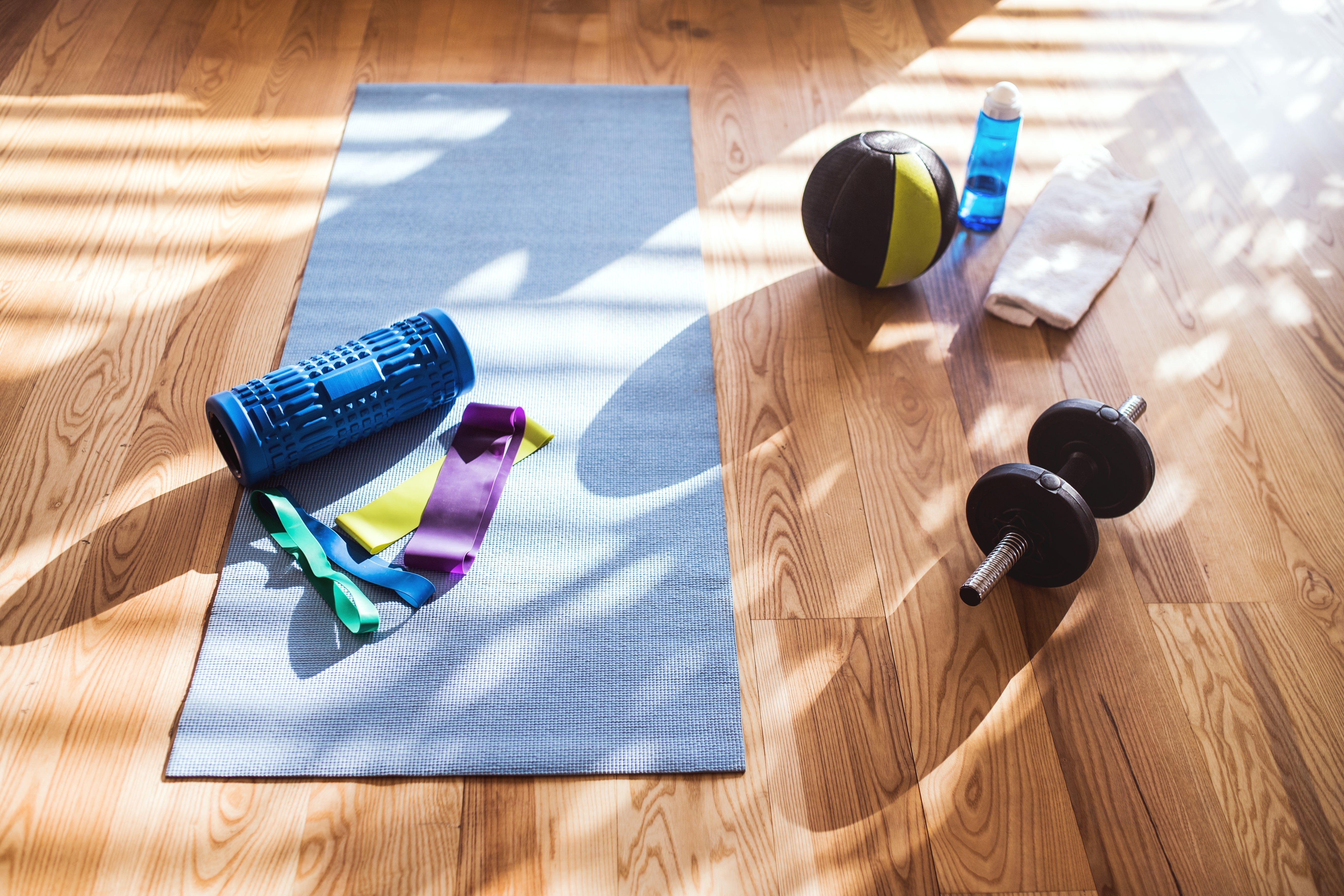The Power of Functional Training: Boost Your Strength, Mobility, and Performance
In the world of fitness, functional training has emerged as a powerful approach to improving overall fitness and physical well-being. Unlike traditional bodybuilding or isolation exercises, functional training focuses on movements that mimic real-life activities, helping you to build strength, improve mobility, and perform everyday tasks with ease. But what exactly is functional training, and how can it benefit you?
What is Functional Training?
Functional training involves exercises that target multiple muscle groups at once, simulating the movements we perform in our day-to-day lives. Whether it's lifting, pushing, pulling, squatting, or twisting, functional training aims to improve strength and stability in the context of real-world activities. Think of it as preparing your body for anything that life throws at you, from carrying groceries to picking up your kids or running for a bus.
Why Functional Training is Important
-
Improved Movement Patterns: Functional training enhances how your body moves in daily life, which can prevent injuries and reduce the risk of strains. By performing exercises that engage multiple muscle groups, you'll improve your posture, balance, and coordination.
-
Increased Strength and Endurance: Unlike isolated exercises that target specific muscles, functional exercises require your body to work as a unit, engaging core muscles, stabilizers, and large muscle groups. This results in a more efficient and comprehensive strengthening routine.
-
Better Mobility and Flexibility: Functional exercises like lunges, squats, and twists improve flexibility and range of motion. This can help you maintain mobility as you age, making everyday tasks easier to perform without discomfort.
-
Burns More Calories: Because functional training involves dynamic movements, it keeps your heart rate elevated and burns more calories than traditional, slower-paced exercises. It’s an excellent way to get stronger while shedding fat.
-
Time-Efficient Workouts: Functional training allows you to work on multiple muscle groups at once, which means you can achieve a full-body workout in a shorter amount of time. Perfect for those with a busy schedule!
Popular Functional Training Exercises
- Squats: This movement mimics the act of sitting and standing, improving your lower body strength and core stability.
- Lunges: Lunges help with balance, coordination, and the strengthening of legs and hips.
- Deadlifts: This is one of the best exercises for developing overall body strength and mimicking the act of lifting heavy objects.
- Push-ups: A classic movement that targets the upper body, core, and stabilizers.
- Kettlebell Swings: A dynamic movement that improves both strength and cardiovascular endurance.
- Medicine Ball Slams: A great exercise for explosive power, strength, and cardiovascular conditioning.
How to Incorporate Functional Training into Your Routine
Whether you’re new to fitness or an experienced gym-goer, functional training can be added to any routine. You can start with bodyweight exercises, and as you progress, you can incorporate equipment like kettlebells, medicine balls, resistance bands, and dumbbells.
Here are some tips for getting started:
-
Start Slow: If you’re new to functional training, begin with basic exercises that focus on form and technique. Over time, gradually increase the intensity and complexity of your movements.
-
Mix It Up: Combine functional exercises with traditional strength training or cardio workouts for a balanced routine. The variety will keep things interesting and prevent plateaus.
-
Focus on Core Strength: The core is involved in nearly every functional movement. Be sure to include exercises that target the core muscles, such as planks, Russian twists, and medicine ball throws.
-
Progress Gradually: As with any workout program, start with lighter weights and increase as your strength and mobility improve. The goal is to challenge your muscles, but never sacrifice form for heavier weights.
Conclusion
Functional training is an incredibly versatile and beneficial approach to fitness that offers a wide range of benefits. Whether you're looking to build strength, improve mobility, or simply make everyday tasks easier, functional training can take your workouts to the next level. By incorporating compound movements and engaging multiple muscle groups, you'll improve your overall physical health and feel stronger in everything you do.
Ready to incorporate functional training into your fitness routine? Browse our wide selection of functional training equipment at Pro Gym Essentials and take your training to the next level today!




